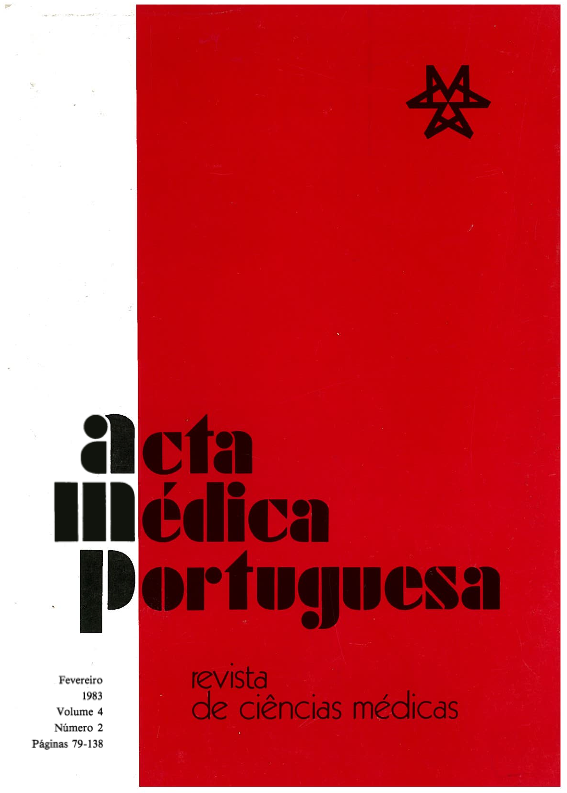Oxygen radicals, oxygen toxicity and the life of microorganisms.
DOI:
https://doi.org/10.20344/amp.3779Abstract
The electronic structure of dioxygen in the ground state dictates that its reduction occur most easily by a univalent pathway which involves the dangerously reactive intermediates 02-, H202 and OH. The oxygenation of earth’s biosphere 3.5 x 109 years ago provided both opportunity and threat. The opportunity to exploit oxygen for energy-yielding and biosynthetically useful oxidations has been seized, as evidenced by the abundant and predominantly aerobic flora and fauna of this planet. At the same time the threat has been largely neutralized by a variety of defensive strategies. The superoxide dismutases are an important part of this defense against oxygen toxicity. Much of the research on superoxide dismutase has been done with microorganisms, due to their flexibility as laboratory tools and because there appears to be close similarity between oxygen toxicity threat and defense in microorganisms and in higher organisms. Data resulting from this work appear to have application in understanding a number of basic biological and medical phenomena, in particular the mechanisms of hyperbaric oxygen toxicity, anoxic tissue damage, anaerobiosis, oxidative damage in aging and mutagenesis, inflammation, phagocytosis, and the pharmacology of certain antitumor drugs and antibiotics. In each of these areas, whether the role of 02- and the other oxygen species ultimately proves to be major or minor, beneficial or harmful, application of the concept of oxygen toxicity to experimental design is resulting in a substantial improvement in our understanding of the mechanisms involved.
Downloads
Downloads
How to Cite
Issue
Section
License
All the articles published in the AMP are open access and comply with the requirements of funding agencies or academic institutions. The AMP is governed by the terms of the Creative Commons ‘Attribution – Non-Commercial Use - (CC-BY-NC)’ license, regarding the use by third parties.
It is the author’s responsibility to obtain approval for the reproduction of figures, tables, etc. from other publications.
Upon acceptance of an article for publication, the authors will be asked to complete the ICMJE “Copyright Liability and Copyright Sharing Statement “(http://www.actamedicaportuguesa.com/info/AMP-NormasPublicacao.pdf) and the “Declaration of Potential Conflicts of Interest” (http:// www.icmje.org/conflicts-of-interest). An e-mail will be sent to the corresponding author to acknowledge receipt of the manuscript.
After publication, the authors are authorised to make their articles available in repositories of their institutions of origin, as long as they always mention where they were published and according to the Creative Commons license.









